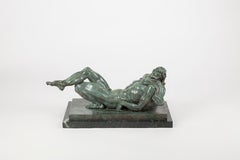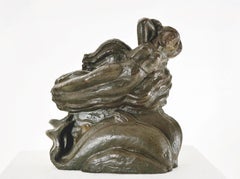Want more images or videos?
Request additional images or videos from the seller
1 of 5
Raphaël Jaimes-BrangerLaocoon2019
2019
$7,500
£5,795.05
€6,699.63
CA$10,598.04
A$11,886.41
CHF 6,224.73
MX$144,431.46
NOK 79,043.63
SEK 74,938.93
DKK 50,009.20
About the Item
Plaster, Gold Leaf. Signed and titled in pencil on base. Stamped with a wax seal.
- Creator:
- Creation Year:2019
- Dimensions:Height: 37 in (93.98 cm)Width: 26 in (66.04 cm)Depth: 12 in (30.48 cm)
- Medium:
- Movement & Style:
- Period:
- Condition:
- Gallery Location:Boston, MA
- Reference Number:1stDibs: LU39738285902
About the Seller
5.0
Vetted Professional Seller
Every seller passes strict standards for authenticity and reliability
Established in 1937
1stDibs seller since 2016
41 sales on 1stDibs
Typical response time: 11 hours
- ShippingRetrieving quote...Shipping from: Boston, MA
- Return Policy
Authenticity Guarantee
In the unlikely event there’s an issue with an item’s authenticity, contact us within 1 year for a full refund. DetailsMoney-Back Guarantee
If your item is not as described, is damaged in transit, or does not arrive, contact us within 7 days for a full refund. Details24-Hour Cancellation
You have a 24-hour grace period in which to reconsider your purchase, with no questions asked.Vetted Professional Sellers
Our world-class sellers must adhere to strict standards for service and quality, maintaining the integrity of our listings.Price-Match Guarantee
If you find that a seller listed the same item for a lower price elsewhere, we’ll match it.Trusted Global Delivery
Our best-in-class carrier network provides specialized shipping options worldwide, including custom delivery.More From This Seller
View AllFemale Nude
By Raphaël Jaimes-Branger
Located in Boston, MA
Media: Plaster, Blue, Gold Leaf
Signed and titled in pencil on base. Stamped with a wax seal.
Category
2010s Contemporary Figurative Sculptures
Materials
Gold Leaf
Scientia Vos Liberabit
By Raphaël Jaimes-Branger
Located in Boston, MA
Media: Plaster, Yves Klein Blue, Gold Leaf
Signed and titled in pencil on base. Stamped with a wax seal.
Category
2010s Contemporary Figurative Sculptures
Materials
Gold Leaf
Free Form Abstract Sculpture [II]
By Dudley Vaill Talcott
Located in Boston, MA
Dudley Vaill Talcott, American (1899-1986), Free Form Abstract Sculpture [II], circa 1984. From the estate of the artist. In fine condition.
Exhibited: Aetna Life Insurance Galler...
Category
1980s Abstract Abstract Sculptures
Materials
Resin
Job
By Donald De Lue
Located in Boston, MA
Edition of 12. Signed and inscribed on front right of base: "De LUE sc '86 © 1987 4/12 Tx". Cast at the Tallix Foundry in Beacon, NY.
"Job, as much as any work of De Lue, shows t...
Category
20th Century Art Deco Nude Sculptures
Materials
Bronze
$36,000
Late-Hellenistic sculpture from the Monument to Daochos
Located in Boston, MA
Signed verso.
Based in New York, John MacConnell received his BFA from the Maryland Institute College of Art in Baltimore and his MFA from the School o...
Category
2010s Realist Figurative Paintings
Materials
Canvas, Oil
Chanson d'Amour
By Donald De Lue
Located in Boston, MA
Donald De Lue, American (1897-1988). Chanson d'Amour, 1986. Bronze, 15 1/2 inch height.
Bronze with Renaissance Brown patina, as well as Pewter patina on instrument. Number 1 in an...
Category
20th Century Art Deco Nude Sculptures
Materials
Bronze
You May Also Like
La Victoire by Gerard Ramon, Bronze
Located in Pasadena, CA
Gérard Ramon recognizes the influence of the great sculptors, such as Auguste Rodin (1840-1917), and that of his master at the Beaux-Arts, Marcel Gimond. ...
Category
1990s Contemporary Figurative Sculptures
Materials
Bronze
$9,600 Sale Price
20% Off
Theseus and the Minotaur
By Baltasar Lobo
Located in PARIS, FR
Theseus and the Minotaur
by Baltasar LOBO (1910-1993)
A bronze group with a greenish dark brown patina
Signed at the lower backside " Lobo "
Cast by " Susse Fondeur Paris " (with th...
Category
1970s French School Figurative Sculptures
Materials
Bronze
Maqueta las toninas
Located in Miami, FL
Maqueta las Toninas, 1944
BMY-022, 1970
Edition 1/25
Bronze
22 x 22 x 10 cm
8.6 x 8.6 x 3.9 in
ABOUT THE ARTIST
Narvaez was born in Porlamar, Venezuela, in 1905; he was the fifth son of eleven siblings; his parents were Jose Lorenzo Narvaez and Vicenta Rivera. Don José Lorenzo, a multifaceted and creative man, sowed the seed of creativity in his son. “My father did not fit in with his fantasies of cabinetmaker, bricklayer, master builder, and self-taught architect.”1 From an early age, Francis was led to the artistic activity, he traced, carved, made replicas of the furniture and the saints restored by his father.
In 1920 he obtained his first professional assignment, a San Rafael for the Church of Carupano, and, in 1922, his father authorized him to travel to Caracas to pursue his studies as an artist. He studied at the atelier of Marcos Castillo, at of the Angel Cabre y Magriña and at the Academy of Fine Arts in Caracas, where he was introduced to the painters and intellectuals of the time.
In 1928 he presented his first solo exhibition at the Club Venezuela. With the money raised from the sale of the works and the support of Monsignor Sosa, and the Ministers Centeno Grau and Arcaya, he studied in Paris on a scholarship. Once there, he enrolled at the Académie Julian, where Tito Salas, Cristóbal Rojas and Arturo Michelena had also studied. It was in Paris where, unable to work in wood, he turned to stone carving. “In Paris, I didn’t have wood, so I carved a lot in stone (…), when there were demolitions I purchased chunks of stone, I would take them to the workshop and carve them.”2
His first attempts at volumetric sculptures and painting in plain colours, linked to the thematic of American miscegenation and Creole reality, can be traced back to that first trip to Paris. During his stay in the French city, Arturo Uslar Pietri, Alfredo Boulton, and Finita Vallenilla supported the artist both financially and logistically, and in February of 1930, the trio of friends arranged another exhibition for him at the Club Venezuela. Narvaez describes his exhibition as follows: “(…) in it I feel that the sculptural work is more my own, done with more assurance, a response to my pursuit of large planes, stylisation and synthesis.”3 By then, as Boulton himself noted in his book about the artist, Narvaez departed from most of the artistic traditions that prevailed by that time in Venezuela.
In 1931 he returned to Caracas and established his atelier at the Barrio Obrero in Catia. The atelier became the hub of the intellectual life of the time. “In those years, the atelier of Francisco Narvaez was the hub of the greatest Venezuelan hope. Nothing comparable to it can be found either before or since.”4
From that year onwards, exhibitions, projects, trips, and awards we multiplied. He was awarded the President of the Republic of Venezuela Prize, the National Sculpture Prize of the 1st Official Venezuelan Art Salon, and the John Boulton Prize of the 3rd Annual Venezuelan Art Salon; for the Military Academy, he produced a spectacular relief entitled La Patria.
In 1945, commissioned by the architect Carlos Raúl Villanueva, he produced two groups of sculptures known as Las Toninas, both located in the O’Leary Square. There, as he himself states, he incorporates some baroque patterns into the figures to the source itself: “It is a work of balance between the decorative requirements and the sculpture of planes and angles.”5
In 1948 he was awarded the National Painting Prize. In the same year, he was called upon by the architect Carlos Raul Villanueva to participate in the project for the arts integration in the Universidad Central de Venezuela. Francisco Narvaez’s public output continued with works such as the statue of Fermín Toro, La Educacion, La Ciencia, three murals (produced by María Luisa Tovar) for the Instituto de Medicina Experimental, El Cristo; el Atleta, the equestrian statue of General Rafael Urdaneta.
In 1953 he was appointed Director of the School of Plastic and Applied Arts, and in July of the same year, he exhibited “Francisco Narvaez, Maderas, Piedras y Bronces” (Francisco Narvaez, Woods, Stones and Bronzes) at the Museum of Fine Arts.
Narvaez is, unquestionably, one of the great Venezuelan sculptors, his work goes through various stages and interests; as the art world evolves, the artist does not remain in his initial scopes of work. His creations are not imposed by the prevailing trends or fashion but do evolve by experimenting with new materials and interests.
When one peruses the artist’s lengthy list of exhibitions, commissions, and awards, it is worth remembering the Narvaez who embark on his career as a child and who, overcoming obstacles, knew how to make the most of his curiosity. He did not settle for living off his successes. He did not remain stagnant as many creators of his environment did. Narvaez managed to understand the changes in the history of art around him. We must not overlook the fact that Francisco Narvaez is an artist amid all the changes occurring in the art world. He moves from the classics to the great transformations in the art world. It is the Europe of Picasso, Braque, Arp. He observes, he is aware of what is happening in the centres of the world of art, but between his craft and his sensitivity, the result is NARVAEZ, his stamp, and his identity.
Francisco Narvaez comes from tradition, and his first stage is linked to the classics, to the exploration of his heritage, but always with his very own language. Throughout his prolific career, he knew how to remain true to himself, without disregarding the influences of his surroundings or his artistic interests: his ability as a sculptor, his selection of materials, whether they were wood, stone or bronze; his choice of the subject of his work…His mastery and great craftsmanship are a constant that over time have made him a leading player in the history of contemporary Venezuelan and world art.
From his beginnings, no subject was foreign to him. His paintings, drawings, aquarelles, and sketches are testimony to his prolific output. Among his themes are portraits, our traditions, still lifes, and landscapes. Narvaez is an artist who represents his time. Later, he evolved towards purer and simpler forms, abandoning figurative art for short periods.
In 1956 he declared to the newspaper El Nacional: “Every day I am freeing myself, it is a soul that frees itself from the ephemeral wrappings of the circumstantial always, as well as from the inevitable weight of the anecdote. This second stage of my work is remarkably close to abstractionism, even if there are still certain figures or figurations in the sculptures that I will shortly be showing. However, pure, and absolute abstractionism, it will treat the form itself as the sole reason for its existence on the plane of artistic excellence.”6
The artistic development was his professional life. Each period of his life as an artist, he went one step further, searching, solving, seeing plenty of things and understanding how diverse expressions were transforming themselves. His hands followed his gaze and his mind, always inquisitive. He added movement to the volumes.
Arturo Uslar Pietri, “Formas Nuevas”, Cromotip editions, 1956 “Francisco Narvaez is a path: the path that Venezuelan sculpture...
Category
1940s Baroque Figurative Sculptures
Materials
Bronze
Gymnast Bust
By Richard MacDonald
Located in London, GB
Created by artist Richard MacDonald for the 1996 Atlanta Summer Olympics, Flair Across America celebrates the triumph of the human spirit and the idealization of the human form. While its message is universal, Flair Across America also embodies the Olympic credo stated by the father of the modern-day Olympics, Baron Pierre de Coubertin...
Category
Early 2000s Contemporary Figurative Sculptures
Materials
Bronze
ViVa
By Anastasia Pelias
Located in New Orleans, LA
Edition 3/3
Anastasia Pelias was born in New Orleans, LA to a Greek immigrant mother and a first generation Greek-American father. She received her BFA from the Newcomb College of T...
Category
21st Century and Contemporary Contemporary Abstract Sculptures
Materials
Metal
$136,000
French Contemporary Art by Frédérick Mazoir - Magmatisme 09
Located in Paris, IDF
Forged steel
Category
2010s Contemporary Figurative Sculptures
Materials
Steel
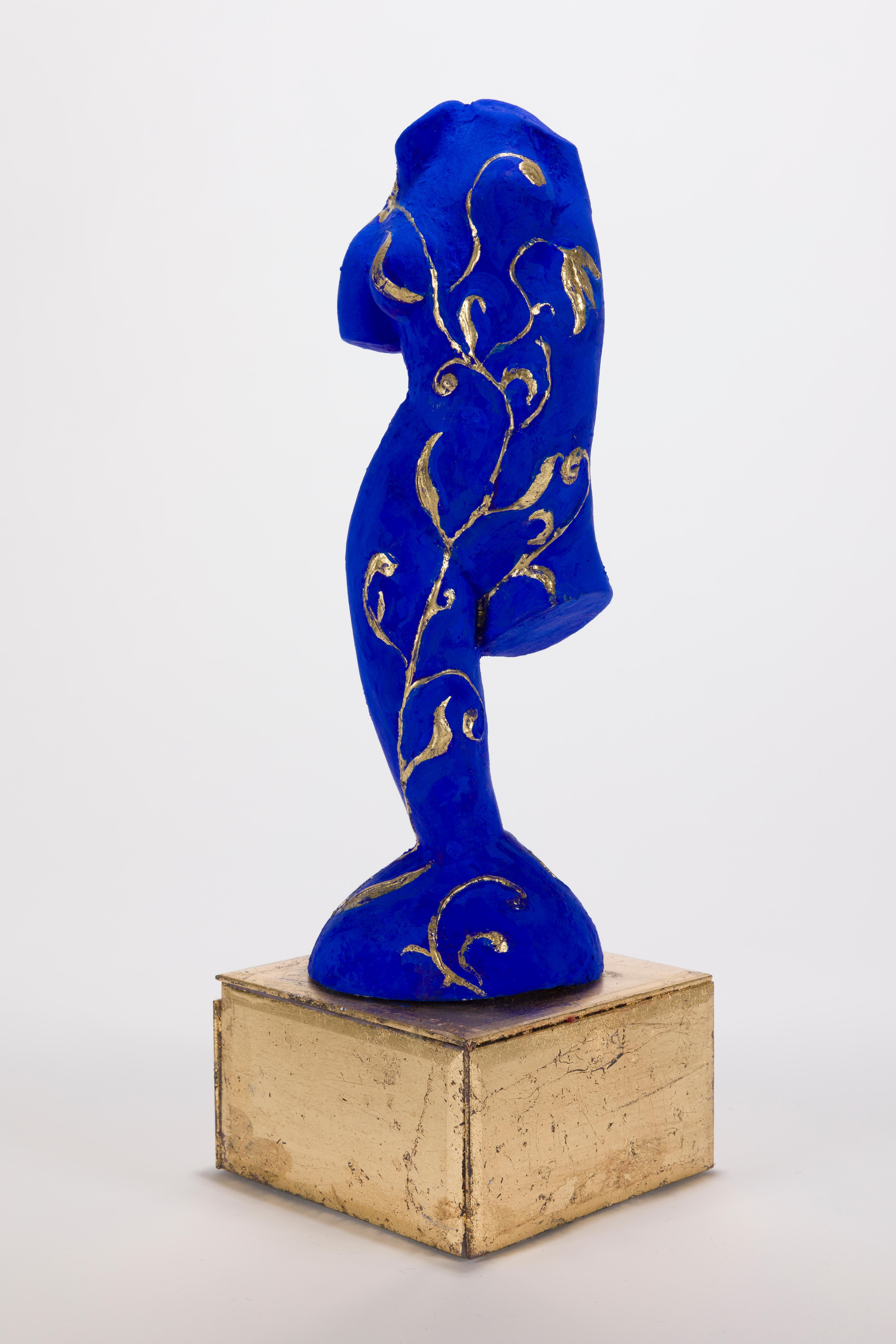
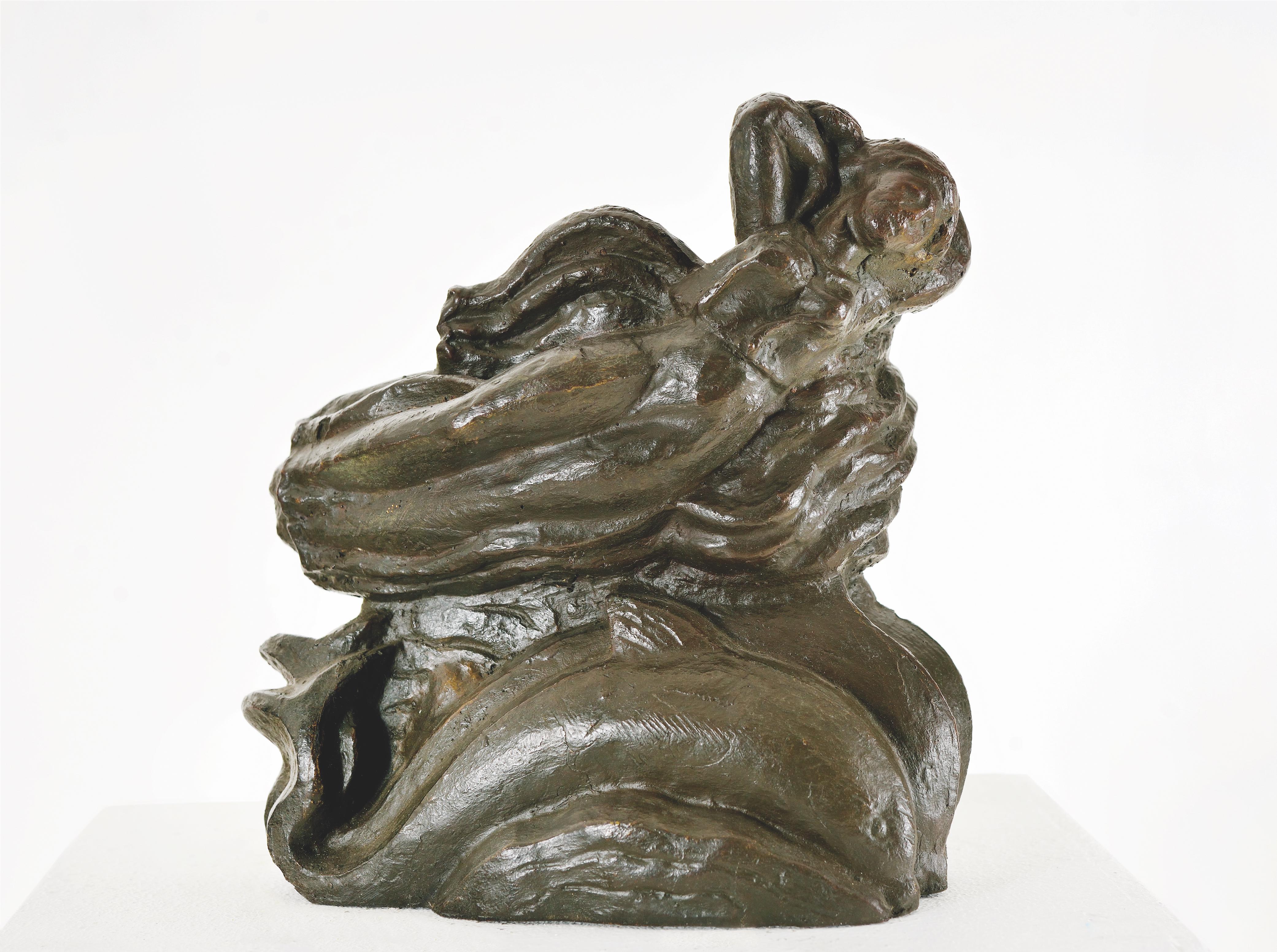
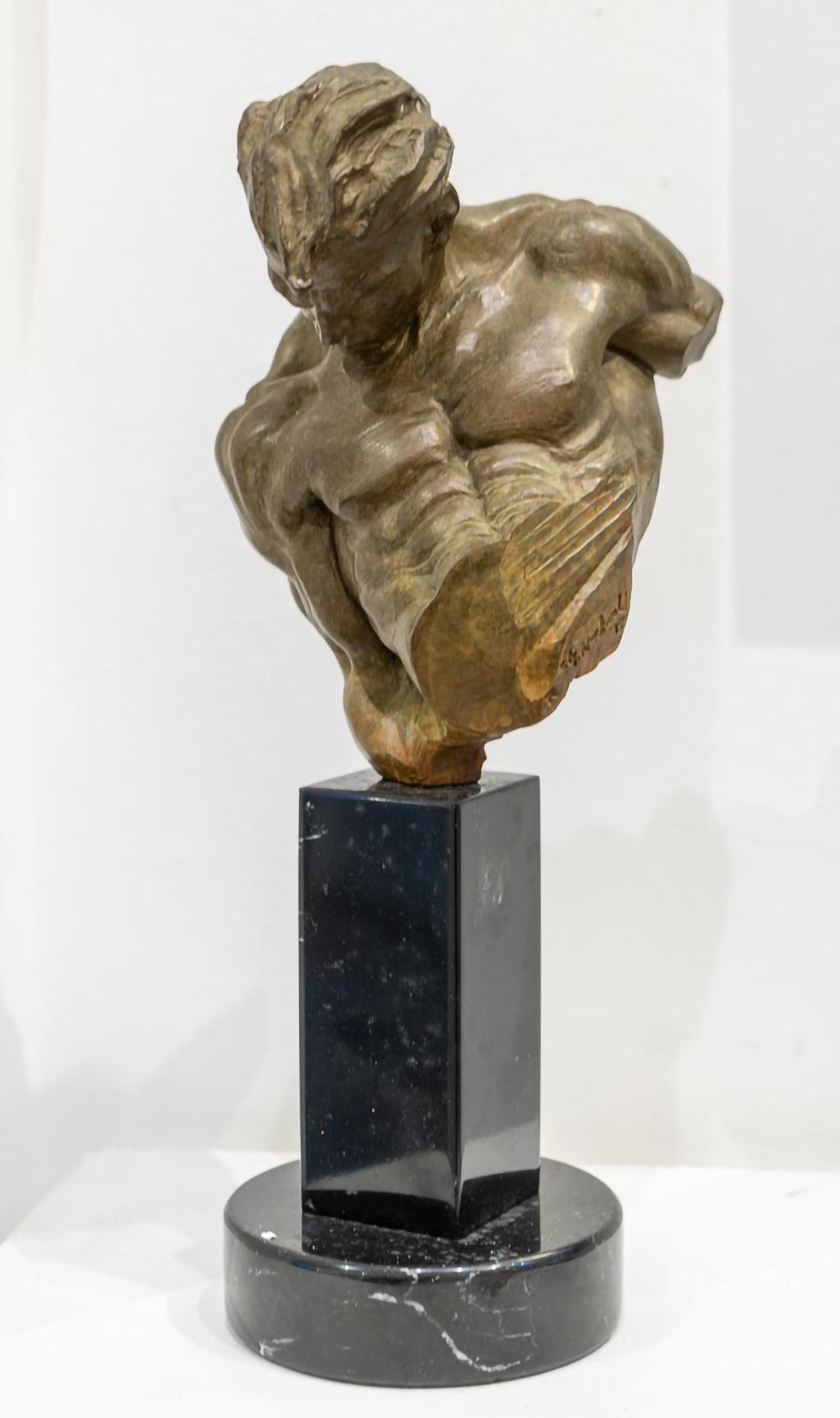
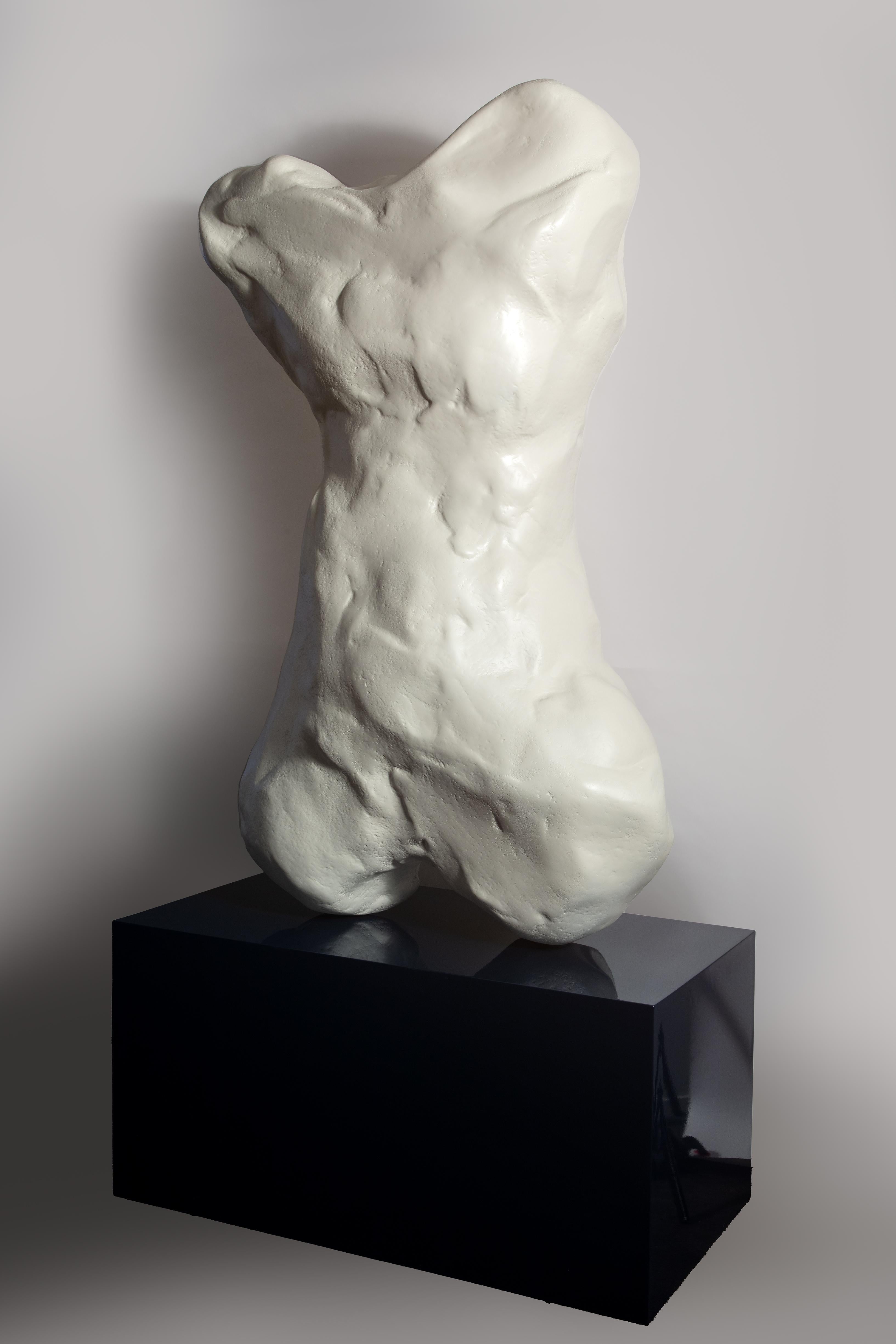
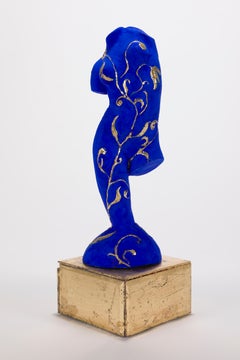
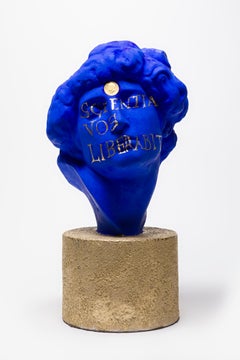
![Free Form Abstract Sculpture [II]](https://a.1stdibscdn.com/archivesE/upload/a_3973/1463162353236/01_26_135bR_master.jpg?width=240)
